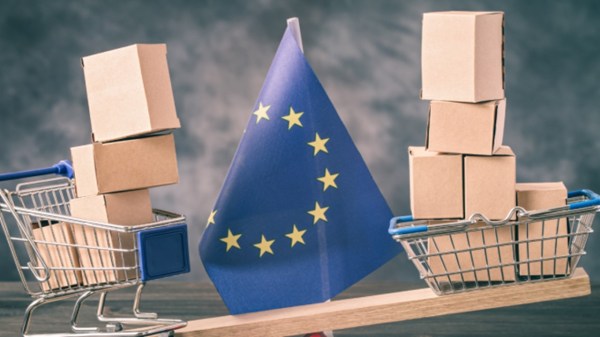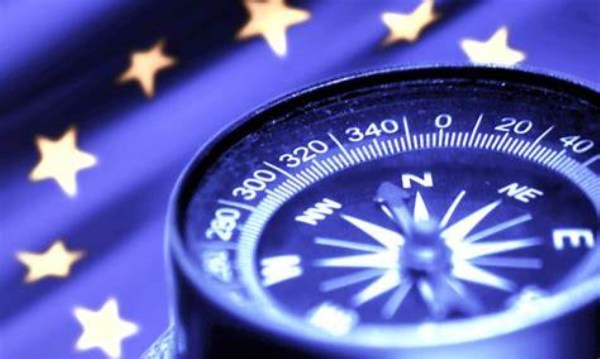 Enrique Medina
Enrique Medina
Technology has changed both the way companies are competing and the contour of markets. The hybrid environment where we actually are, halfway between traditional and digital, poses a huge challenge for competition authorities who have the responsibility to adapt their actions to the new reality, more dynamic and unforeseeable. Aware of this, the German authorities are determined to prevent such Competition Law obsolescence from Germany and Europe and lead the way fitting it towards digitalization. All this by relaying on a process based on the transformation rather than disruption.
For this reason, at the beginning of this year, the German Economic Affairs Ministry released a White Paper which considered, from a globalized approach, the best way to give response to such challenges. Most of the conclusions of the White Paper are included in the ninth amendment to the German Competition Law (GWB), which has come into force recently.
The regulatory position based on the digital laissez-faire is harshly criticized by the German authority proposing a new regulation without grey areas, which ensures competition and fair play.
For achieving that proposal, the German authority considers as a priority the establishment of a level playing field that fixes clear and equal rules for all competitors operating in the same markets.
New rules are needed in those sectors where Competition Law has become ineffective and there is a risk that a number of digital firms with dominant position are able to limit or obstruct competition impeding new players to enter into the market.
Thus, they express their wish that “messenger services and other OTT services are subject to the same rules of customer protection, data protection and security as the traditional telecommunication services with which they compete on the market”. In that sense, the surname “digital” must not be an exclusion cause, which allows legal gaps.
The German authority considers that the traditional tests to assess abuse of dominant position and competition objections in merger control processes, should be updated in order to make them effective as well in the digital economy. In this regard, the existence of multilateral markets, network effects and access to relevant data should also be included in the competitive assessment. Moreover, they recognize the relevance for Competition Law of the non-monetary transactions (those that are not associated to a monetary flow, for instance, the search engines).
Regarding the abusive practices, the White Paper goes beyond the current status quo accepting the possibility of taking action even when proof of market-dominant position is not completely clear.

In relation to merger control, they recognize the need for extending the scope of application, that it to say, to increase the number of concentrations which require monitoring by the authorities. Specifically, the White Paper defends the recent amendment of the German Competition Law, which allows the application of factors different from the turnover. Thus, the value of the transaction is included as a new threshold, so that transactions whose value exceed €400M, will be targeted by the German Merger Control. This change is justified by the own characteristics of digital platforms, most of them offering services for free and therefore not reaching the thresholds based on their turnover.
The German Economic Affairs Ministry proposes additional mechanisms and new measures going beyond the improvement of the current ones. They identify the need to create a fast application system, which gives an effective response to the competition challenges emerged in the digital markets due to the current slow procedures usually extending for years. In the digital economy, where markets evolve rapidly, this lack of agility could imply that, when the Merger Control procedure comes to an end, the effects generated are irreversible. For that reason, they propose:
- Monitoring: they consider that the markets should be supervised systematically in order to detect rapidly practices, situations and trends which may harm competition. They propose to stablish a dual, proactive competition law: the applicable elements of the general and rather reactive competition law will be combined with a distinctly more active and systematic market supervision, with an “early warning system”. In order to guarantee a fast intervention, the companies would be obliged to provide reports to evaluate the evolution of markets based on regulatory objectives.
- Interim measures: they bet for a further acceleration of competition procedures with the plan to make it easier to order interim measures so that the authorities can eliminate the effect of restrictions to competition (provisionally) before the investigation proceeding have been completed, in order to avoid irreversible damages in these very dynamic markets. For instance, they propose the suspending of specific contractual clauses, the access to key frameworks and the provision of information, among others.
Beyond competition law, the White Paper also bets for a flexible regulation which facilitates an equal treatment between telecoms and OTTs: definitions and regulation should be sufficiently open and flexible to adapt to the new reality in these very dynamic digital markets.
Definitely, the White Paper is a mere declaration of intentions. Many of the proposals need to be materialized in specific measures (beyond the provisions already included in the Amended Law) difficult to apply on a day to day basis.
Nevertheless, from our point of view, it is an exciting starting point and call for action to which all players involved in the digital transformation must contribute in order to ensure that the benefits of digitalization reach the greatest number of people.








